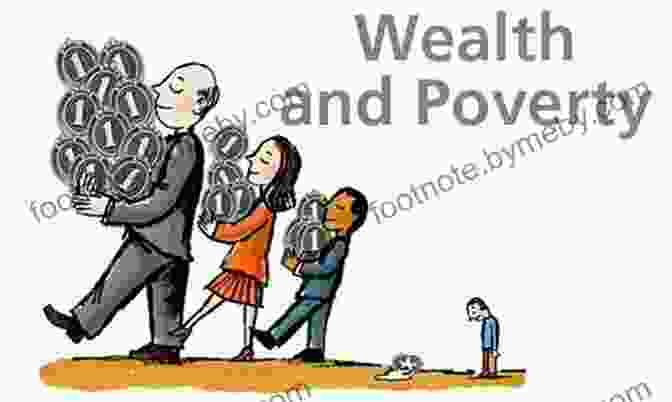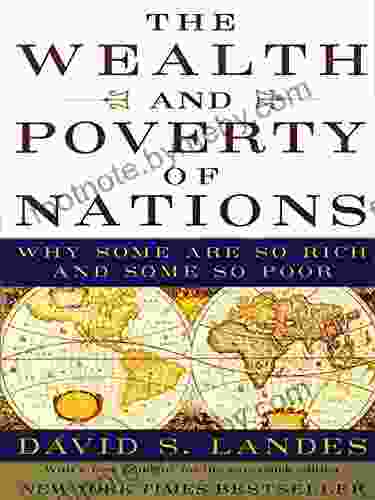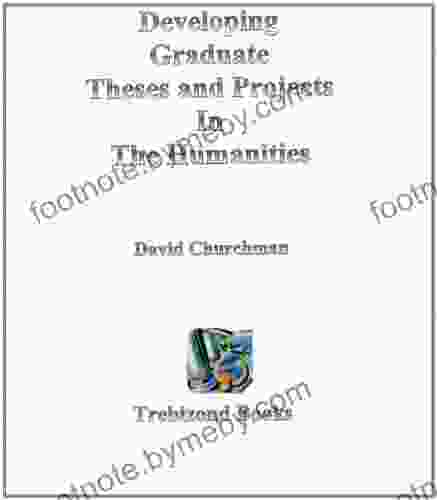
The pursuit of understanding the intricate relationship between wealth and poverty has captivated minds for centuries. In the seminal work "The Wealth and Poverty of Nations," renowned economists and scholars offer a profound exploration into the factors that shape economic prosperity and social disparities. This article delves into the key insights and concepts presented in this groundbreaking book.
The Foundations of Wealth Creation
At the heart of "The Wealth and Poverty of Nations" lies the fundamental understanding of how wealth is created. The book emphasizes the importance of:
- Capital Accumulation: The accumulation of capital, including physical infrastructure, machinery, and human knowledge, is essential for economic growth.
- Labor Specialization: The division of labor allows workers to specialize in specific tasks, increasing efficiency and productivity.
- Technological Innovation: Technological advancements drive economic progress by creating new industries, products, and services.
The Causes of Inequality
While "The Wealth and Poverty of Nations" celebrates the potential for economic prosperity, it also acknowledges the persistent reality of inequality. The book identifies several factors that contribute to wealth disparities:
- Property Ownership: The distribution of land, housing, and other forms of property can significantly impact wealth inequality.
- Education and Skills: Access to education and specialized skills provides individuals with the means to earn higher incomes.
- Globalization and Trade: While globalization can create economic opportunities, it can also lead to wage disparities and job displacement.
The Role of Government
The book explores the role of government in addressing economic inequality and promoting prosperity. It argues that governments can:
- Provide Social Protection: Governments can implement policies to support vulnerable populations, such as healthcare, education, and housing assistance.
- Promote Equal Opportunity: Governments can invest in education, healthcare, and other programs that provide all citizens with the opportunity to succeed.
- Regulate the Economy: Government regulations can help prevent market failures, ensure fair competition, and protect consumers.
Historical Perspectives
"The Wealth and Poverty of Nations" draws upon historical case studies to illustrate the complex relationship between wealth and poverty. It examines:
- The Industrial Revolution: The book analyzes the impact of industrialization on wealth creation and inequality in Europe and the United States.
- Colonialism: It explores the role of colonialism in shaping economic disparities between nations.
- The Great Depression: The book examines the causes and consequences of the Great Depression on global economic growth.
Contemporary Challenges
The insights provided in "The Wealth and Poverty of Nations" remain relevant in addressing contemporary economic challenges. The book prompts us to consider:
- The Impact of Technology: Technological advancements can lead to job displacement and wage polarization.
- Global Inequality: Disparities in wealth and income persist between countries and within societies.
- Sustainability: Economic growth should be pursued in a sustainable manner that protects the environment and future generations.
"The Wealth and Poverty of Nations" is a timeless work that continues to inform our understanding of economic prosperity and inequality. It offers valuable insights into the factors that drive economic growth, the causes of wealth disparities, and the role of government in shaping economic outcomes. By exploring these concepts, we can better equip ourselves to address the complex challenges facing our societies today and strive to create a more equitable and prosperous future.


























































































